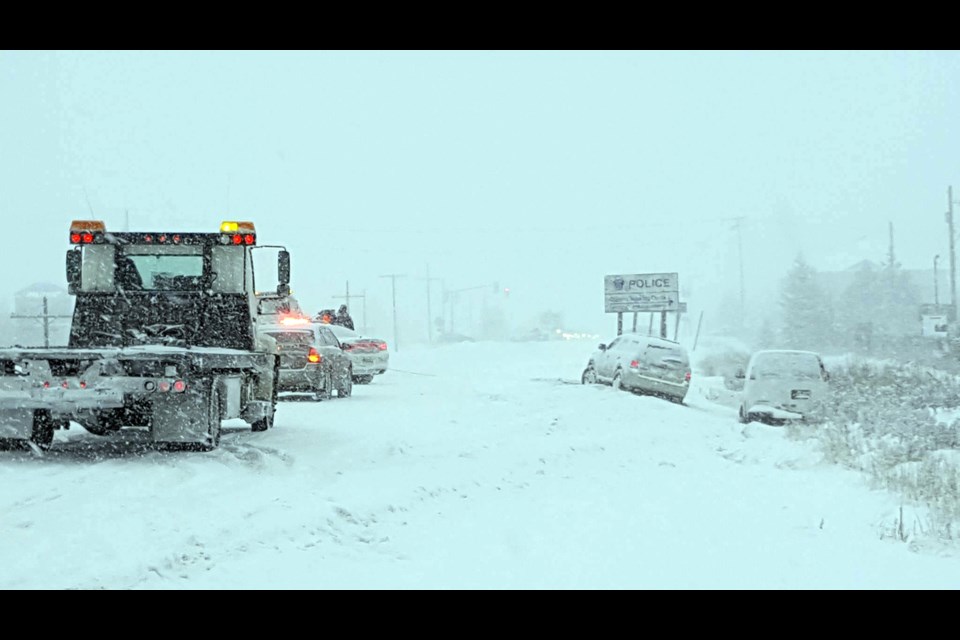Normally, or what used to be normally, Greater Sudbury receives about 30 cm of snow in November. That’s the 30-year average.
Last November, more than 80 cm of snow fell. This year, barely 10 cm. Whether this is indicative of changing weather patterns is unclear, but what is clear is that for the past several winters, Nickel City winters have had a different character. The city has been experiencing a repeating freeze-thaw cycle that turns roads and sidewalks into hazardous icy ruts. It has also brought more winter storms.
And over the past two cycles, the new character of winter has seen the city go over budget on winter control, last year by $400,000.
There isn’t much the city can do about the weather, but a change to the Municipal Act gives Tom Davies Square the ability to better manage severe storms (or, in municipal-speak, Significant Weather Events, or SWE).
The amendment allows the city to suspend the standard timelines to meet minimum winter maintenance when it declares an SWE, said Miranda Edwards, a relieving roads operations engineer, during a Dec. 3 virtual press conference.
“When we have severe storms, this allows us to suspend timeline expectations (to clear roads and sidewalks,” she said.
City crews will be fully deployed to clear the snow, but pushing pause on the standards, the city said, signals to the public that it will take longer than normal to open the roads and so road users should drive with extra caution.
Once the SWE is declared over, normal maintenance standards will return.
“The intent of a declaration is to notify the public that due to the current weather conditions, caution is to be exercised when travelling on the City’s streets and sidewalks, and that it may take longer than usual to restore them to the normal condition,” the city reiterated in a press release.
During an SWE, one of five levels will be announced at various times. These include: Warning, Warning Cancelled, Declared, Update and Ended. You can find more info on this on the city’s website. The city also produced a video explaining SWEs, which you can watch below.
On Dec. 3, the city also revealed it is conducting a $64,000 pilot project (which covers capital costs and $36,000 in estimated operational costs) to test a new sidewalk plow attachment.**
Randy Halverson, director of linear infrastructure services for the city, said the municipal icebreaker pilot project will be used on two of the city’s 22 sidewalk plowing routes. (The city maintains 350 kilometres of sidewalk every winter.)
He explained the freeze-thaw cycle the city has experienced the past few winters often leaves the sidewalks rutted, uneven and challenging to traverse, particularly for seniors, people with mobility issues and people with wheelchairs, walkers or scooters.
The attachment features a rotating steel drum with spiky teeth on the front of the sidewalk plow. The rotating drum chews up the ice that is then cleared by another plow following behind.
**An earlier version of this story incorrectly stated the total project cost was $100,000 (capital costs plus operating expenses), which was incorrect. That story has been updated to correct that error.
